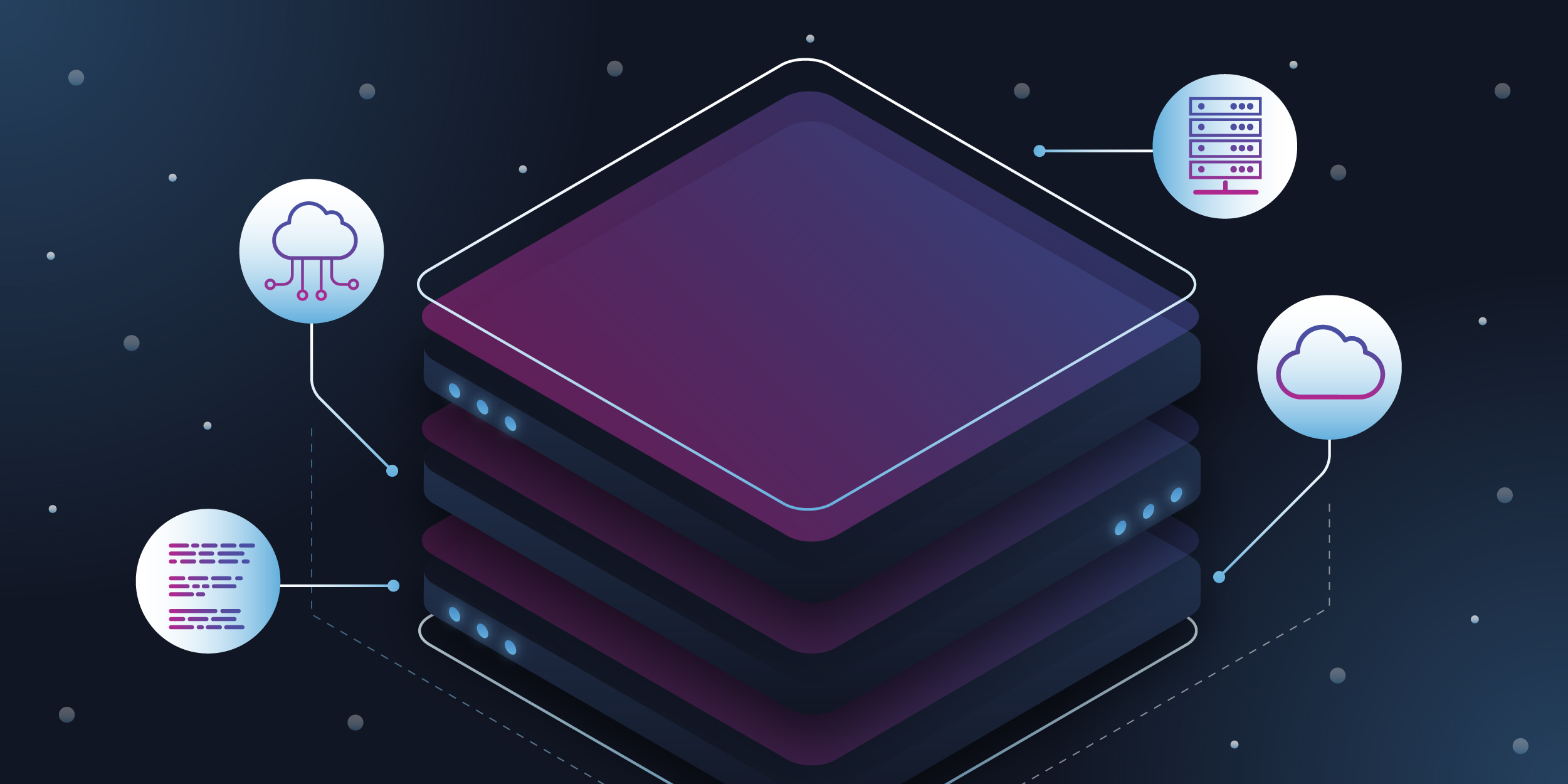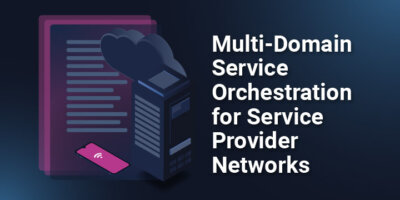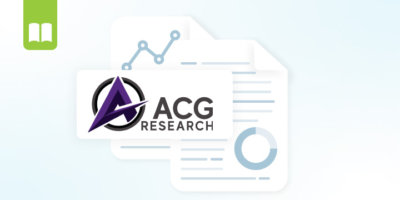Any way you slice it, service providers are facing mayor growing pains to keep up with the high demand for services and the rapid evolution of modern networking. One of the main barriers is the sheer number of domains network teams must masterfully juggle to deliver even the best services to their customers – data center, cloud, SD-WAN to name a few. This has pushed them to a new era that requires not just cross domain orchestration (CDO) but also domain control orchestration (DCO). This market evolution is the key focus of a recent report from ACG Research that dives into domain control and orchestration, and the tools available to help.
I’ve spent a lot of time working alongside service providers who have successfully integrated domain control orchestration. So while I have my fair share of experience in network orchestration, ACG’s report proved to bring some new and insightful knowledge. Now, I want to share that knowledge with you to help drive success.
Domain Control Orchestration vs. Cross Domain Orchestration
First, let’s level set on the current definitions of both DCO and CDO and why they matter. In their taxonomy, the domain control orchestration (DCO) function is focused on managing configuration, capacity, and functionality within a single technology domain.
Historically, orchestration and configuration management functionality within a single domain has been dominated by the vendor of the network functions and devices within that domain, particularly in situations where a domain is occupied by a single vendor. This means the competitive landscape in the DCO market is dominated by tools from the major network function (NF) vendors.
Switching gears to cross domain orchestration (CDO), it encompasses the functionality required to create and maintain network services and infrastructure that span multiple domains. This typically supports services and features that depend upon multiple domains to operate.
To put this in context, think of 5G mobility services that requires coordination of 5G core, transport networking, and interface with the radio access network (RAN). In the CDO space, it is much less likely that all the domains are provided by a single vendor, so the CDO competitive landscape is mostly comprised of orchestration vendors that are also major providers of the network functions themselves.
What you’ve probably realized by now is that DCO and CDO live in their own silos, yet that is counterintuitive to the functionality and efficiency needed to meet today’s demanding network needs. Bringing these functionalities together is key for successful service orchestration.
Why You Need the Right Tools to Tackle the Future of Domain Orchestration
Now that we’re on the same page, it’s imperative to ensure you choose the right tools to manage both DCO and CDO – because, as some early adopters have found, the choice of tools will have a direct impact on how long it will take (and what it will cost) to deliver cross-domain services.
Recently ACG Research published a vendor profile on Itential outlining why we’re becoming the tool of choice for service providers who are automating and orchestrating across multi-domain networks. Itential was ranked by ACG in the top six domain control orchestrator suppliers and top 10 cross-domain orchestrators categories due to our rich data modeling, extensive Pre-Built Collection, and patented techniques that enables rapid automation and orchestration.
Most interesting of all was that Itential was listed within the top 10 of BOTH of these categories, DCO and CDO – meaning that we are effectively competing at the DCO layer with the major NF vendors and at the same time competing with the major orchestration vendors in the CDO segment. A tool that can address both needs is unique, making Itential the clear solution of choice. These findings illustrate something that we’ve been seeing in the field – the functionality of the Itential Automation Platform can perform equally well in very domain-specific activities, like orchestration of 5G mobile backhaul, while at the same time it delivers as a highly scalable, high-capacity cross domain orchestrator across multiple lines of business and services.
But don’t just take my word for it. You can explore the report, which explains the unique capabilities of the Itential that enable this level of versatility.
How Itential Enables Teams to Master All Forms of Domain Orchestration
So, how do we do it? That’s always the first question I get asked. First, our platform is based on utilizing JSON as its underlying data model instead of using hard-coded, specific schemas tied to particular technologies. This enables Itential to support any technology or service type, meaning it not only supports today’s services, but can equally support emerging services and technologies of tomorrow.
Second, Itential provides an extensive library of assets, including workflows and integrations with a broad selection of network technologies, service assurance, inventory, ordering, and other systems. One of the key differentiators is Itential’s ease of integration, supported by patented integration capabilities and a unique federation layer that provides a real-time view of connected network assets and distributed sources of truth.
Third, the workflow functionality of the Itential platform has some unique features including the ability to dynamically create workflow components for integrations, as well as pre-built functionality that simplifies orchestration of typical network engineering activities.
These capabilities, and others, illustrate the approach that Itential is taking with the market, which is focused on providing a future-facing alternative to the traditional OSS/BSS/NCCM model. At Itential, we agree with ACG’s assessment of the future and where the need for a dynamic approach towards orchestration will be not only desirable, but necessary. In a future where networks are becoming more autonomous, more responsive, and more dynamic, the capabilities of the Itential Automation Platform will become the key enablers for service providers.
To read the full profile click here and to schedule a custom demo with our team to see these unique capabilities in action, let us know here.





